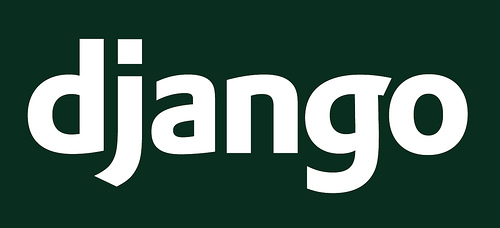Introduction to the Django tutorial
May 14, 2021 Django
Table of contents
Introduction to the Django tutorial

Python's WEB framework includes Django, Tornado, Flask, django is the most representative of the heavyweights, its advantages are: large and complete, the framework itself integrates ORM, model binding, template engine, cache, Session and many other functions. Many successful websites and apps are based on Django.
Django is an open source web application framework written by Python.
Django complies with the BSD copyright, first released in July 2005 and the first official version 1.0 in September 2008.
Django uses MVT's software design patterns, namely Model, ViewView and Template Temple.
Who is fit to read this tutorial?
This tutorial is suitable for developers with Python foundations.
You need to know before you take this tutorial
Before you take this tutorial, you need to learn some basic Web knowledge and Python basic tutorials.
The Django version corresponds to the Python environment:
| Django version | Python version |
| 1.5 |
2.6.5, 2.7, 3.2, 3.3.
|
| 1.6 | 2.6, 2.7, 3.2, 3.3 |
| 1.7 | 2.7, 3.2, 3.3, 3.4 (2.6 not supported) |
| 1.8 LTS | 2.7, 3.2, 3.3, 3.4, 3.5 (long-term support version LTS) |
| 1.9 | 2.7, 3.4, 3.5 (3.3 not supported) |
| 1.10 | 2.7, 3.4, 3.5 |
| 1.11 LTS | 2.7, 3.4, 3.5, 3.6 (last version that supports Python 2.7) |
| 2.0 | 3.4, 3.5, 3.6 (Note that Python 2 is no longer supported) |
| 2.1 | 3.5, 3.6, 3.7 |
| 2.2 LTS | 3.5, 3.6, 3.7 |
| 3.0 | 3.6, 3.7, 3.8 |
Follow the comparison table above to select the Django and Python versions to avoid incompatibilities and other issues.
The problem with using the latest version is that some third-party plug-ins that may be used are not up-to-date and do not use these three-way packages properly.